Smile! What are veneers and what do they do to your natural teeth?

It seems our perception of dental health and beauty has changed over the last 20 years or so. Social media posts, TV shows and films depict a perfect smile as being dominated by a broad pearly white teeth.
The idea of this kind of “perfect” smile was born in early Hollywood and popularised by actors including Julia Roberts. Advertisements for toothpaste or other oral health products commonly use models with wide, bright smiles, creating an aesthetic ideal.
Now some dental practitioners are beginning to self-identify as “cosmetic dentists”. And new technologies and materials allow dentists to make significant changes to the shape and colour of teeth.
But are these changes purely for looks? And what do they do to people’s natural teeth.
What are veneers?
One way of changing your smile is using dental veneers.
Veneers are coverings (usually made of porcelain) constructed in a laboratory and then bonded with adhesive to teeth.
Dental veneers can be used to change the colour and shape of teeth. They are commonly used at the front of the mouth and most often on the top teeth as this is the area of the mouth of maximum visual impact.
Veneers can be applied to lower anterior (front) teeth however, but this is technically more difficult due to these teeth’s smaller size and reduced surface area for effective bonding. Veneers can be applied to single teeth or multiple teeth.
The shape of veneers is matched to the shape of adjacent teeth. They should be in proportion to the facial profile and in harmony with the lips. Veneers are technically demanding for the dentist and technician to construct, blend and fit. The cost of each veneer can vary with the level of complexity of each case, patients should ask for a written quote before starting care.
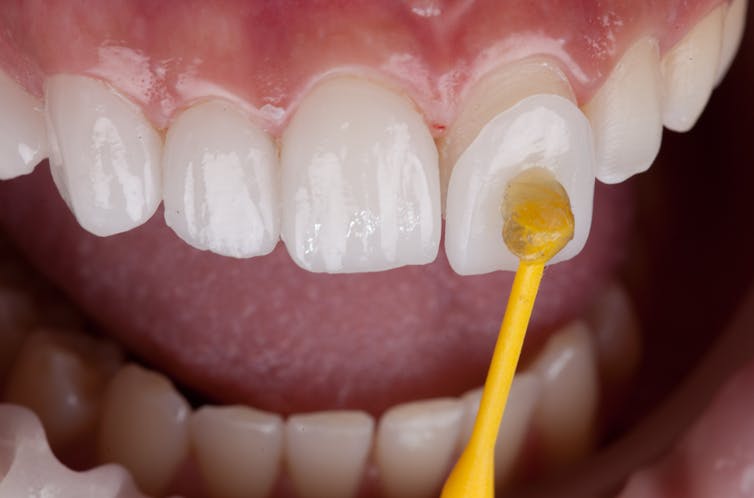
What lies beneath
What patients should know about dental veneers is that the dentist will most often have to shave down the front portion of the tooth to make room for the veneer.
And veneers do not last forever. They may need to be replaced if they chip, discolour or come unstuck. Each time a veneer is replaced the amount of the tooth left can reduce in size, making each round of care more difficult.
Eventually veneers may not be a viable choice. Then the patient may need need to move on to more extensive treatment choices such as crowns, which are thicker and more permanent.
To help patients make informed decisions dentists have the ability to provide trial digital or handcrafted mock-ups for patients to evaluate before committing to a treatment approach. This “try before you buy” step can be invaluable to ensure the patient’s expectations are likely to be achieved after the application of veneers. If this step is missed then the veneers may not meet the patient’s aesthetic needs requiring removal and replacement.
High levels of oral hygiene by the patient are a must to maximise the quality of fit of the bonded veneers as well as longevity within the mouth.
Professional guidelines
Recently the Medical Board of Australia has issued guidelines for medical practitioners who perform cosmetic surgery, with stronger regulation due to come into effect at the start of July this year.
They include patient screening for body dysmorphia – a mental health condition characterised by excessive concern about one’s appearance or specific physical features. This is intended to ensure each patient’s assessment of their own needs can be met in a biologically safe and predictable manner by their treating clinician.
Veneers can be the right choice for some people. But before embarking on this form of irreversible care there should be an informed risk-versus-benefit discussion between the patient and clinician. If the individual patient still wants aesthetic improvement but decides they don’t want veneers, there are other treatment choices available.
Alternatives
Bleaching and orthodontics can also change the colour and position of teeth.
Bleaching (or whitening) has been a standard clinical activity since the late 1980s and is normally undertaken using customised trays and prescription of a range of bleach treatments. Ideally this is done in consultation with a dental practitioner to understand the cause of tooth discolouration. This will determine whether bleaching is the appropriate choice and if it is likely to work.
Orthodontics is the controlled movement of teeth using bonded attachments and activated orthodontic wires (braces). In recent times, dentists have been able to provide individualised clear aligners to move teeth in a controlled manner. The principle of tooth movement using incrementally modified aligners is available through many providers, but should always be carefully and regularly managed by the treating dentist or orthodontist.
A patient should understand the risks and benefits of each of these choices as they relate to their individual needs rather than a generic approach to planning.

Teeth for life
Dentists are trained to provide lifelong care and should be keen to explain and tailor treatment choices for informed and considered patients.
Patient-centred care should drive treatment choices and advocate for the best interests of patients. As such, we must maintain a balanced approach towards the delivery of idealised look, keeping in mind the importance of teeth function for a healthy diet and wellbeing.![]()
Roy Judge, Associate Professor (Prosthodontics) Melbourne Dental School, The University of Melbourne
This article is republished from The Conversation under a Creative Commons license. Read the original article.

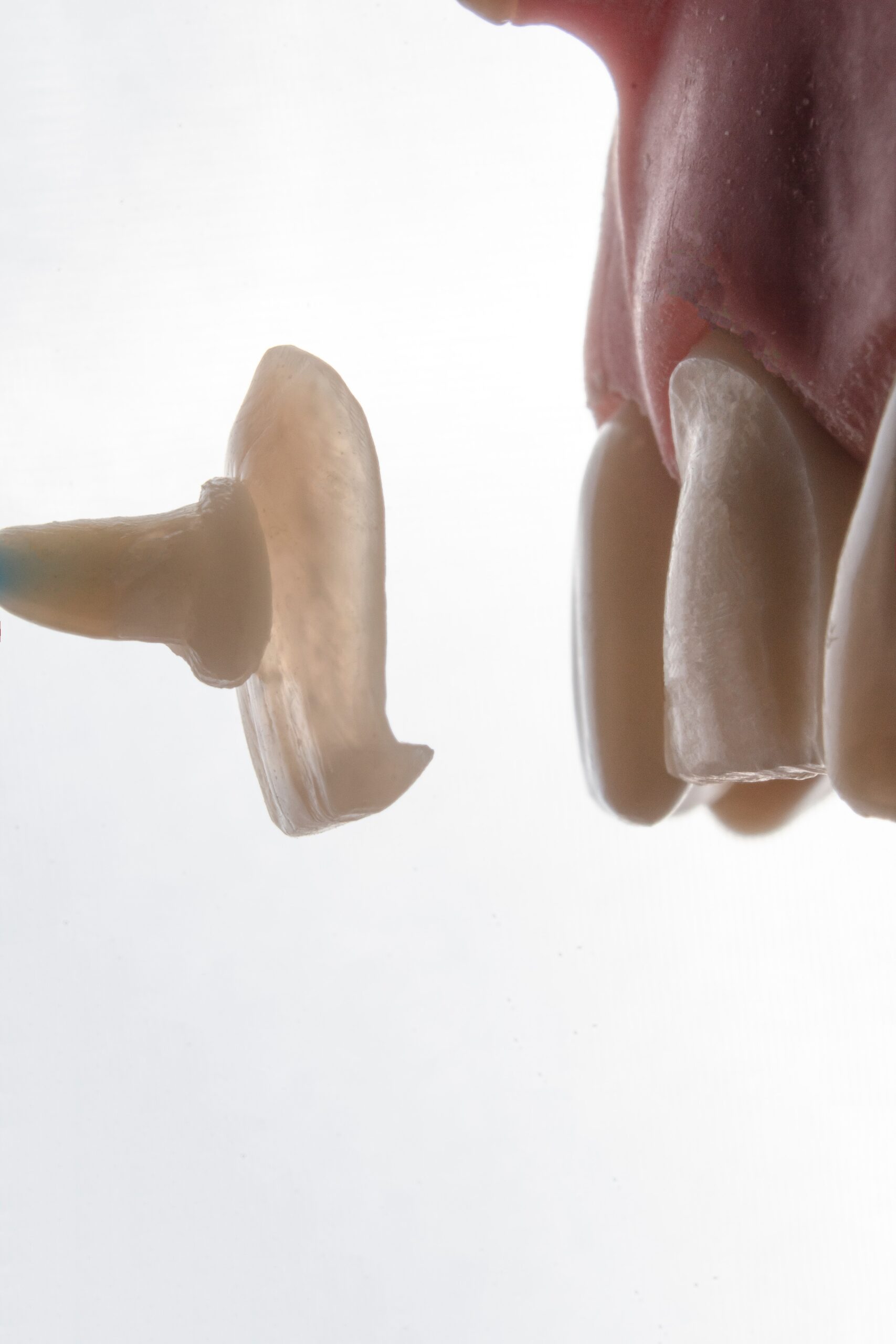

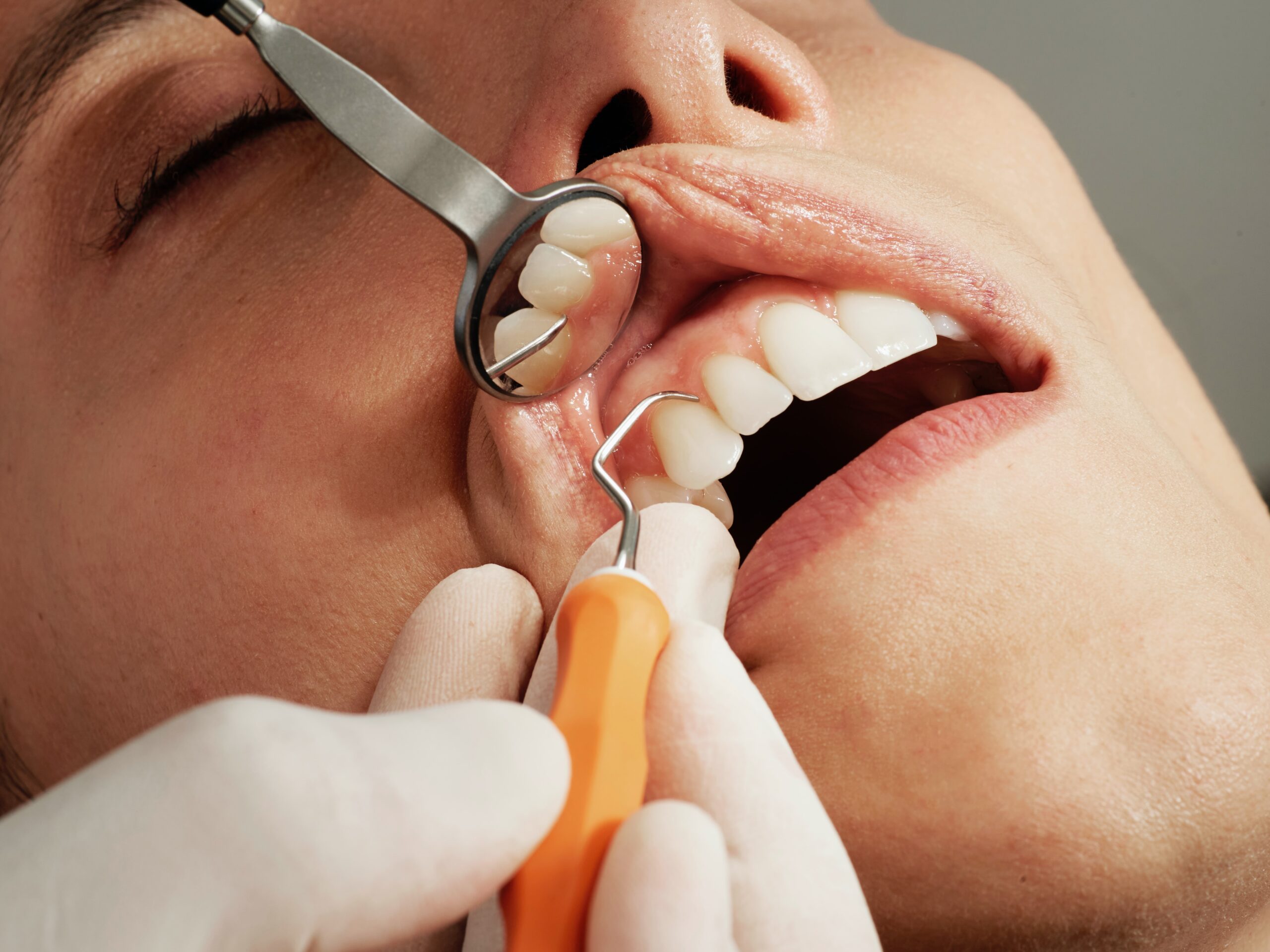
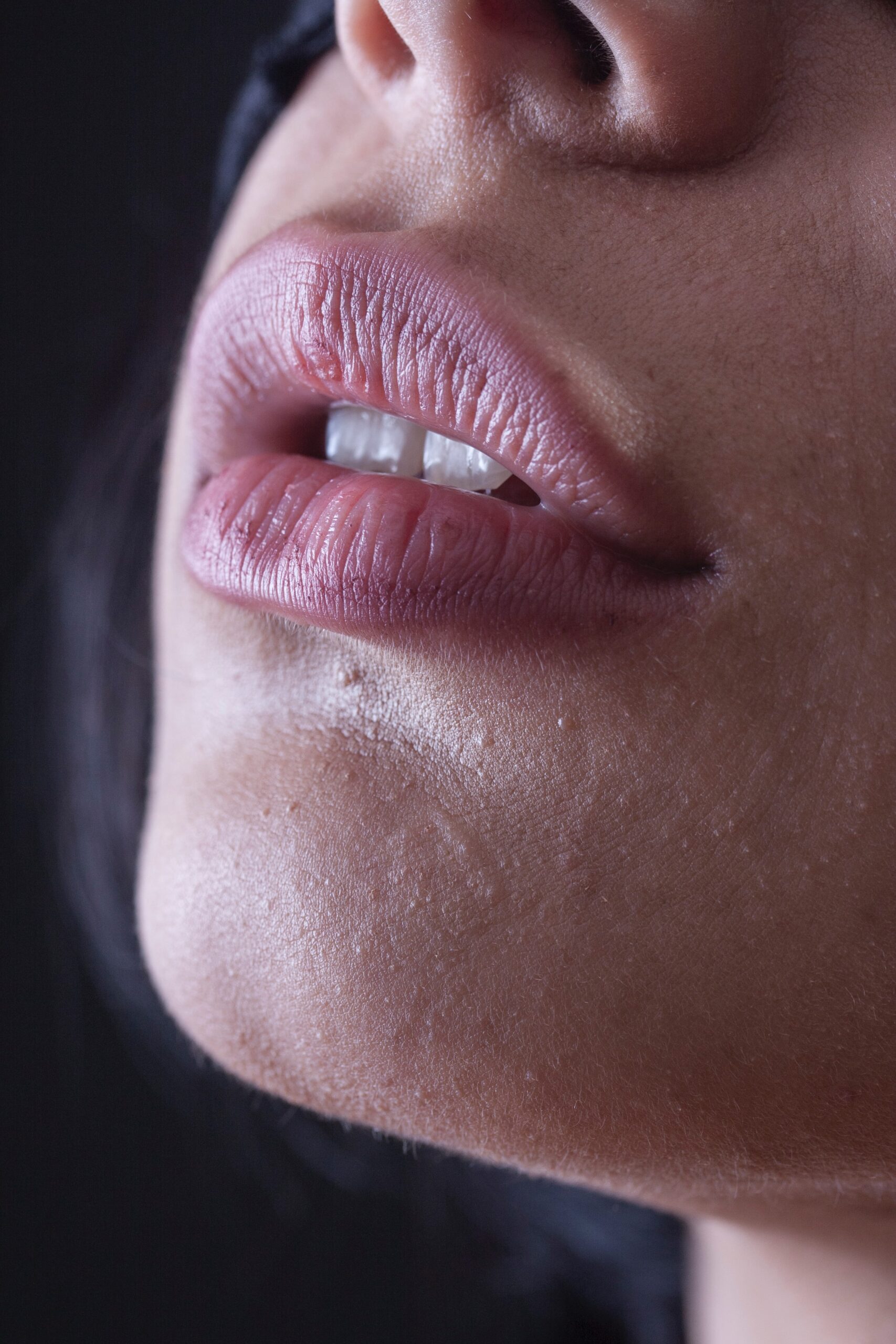
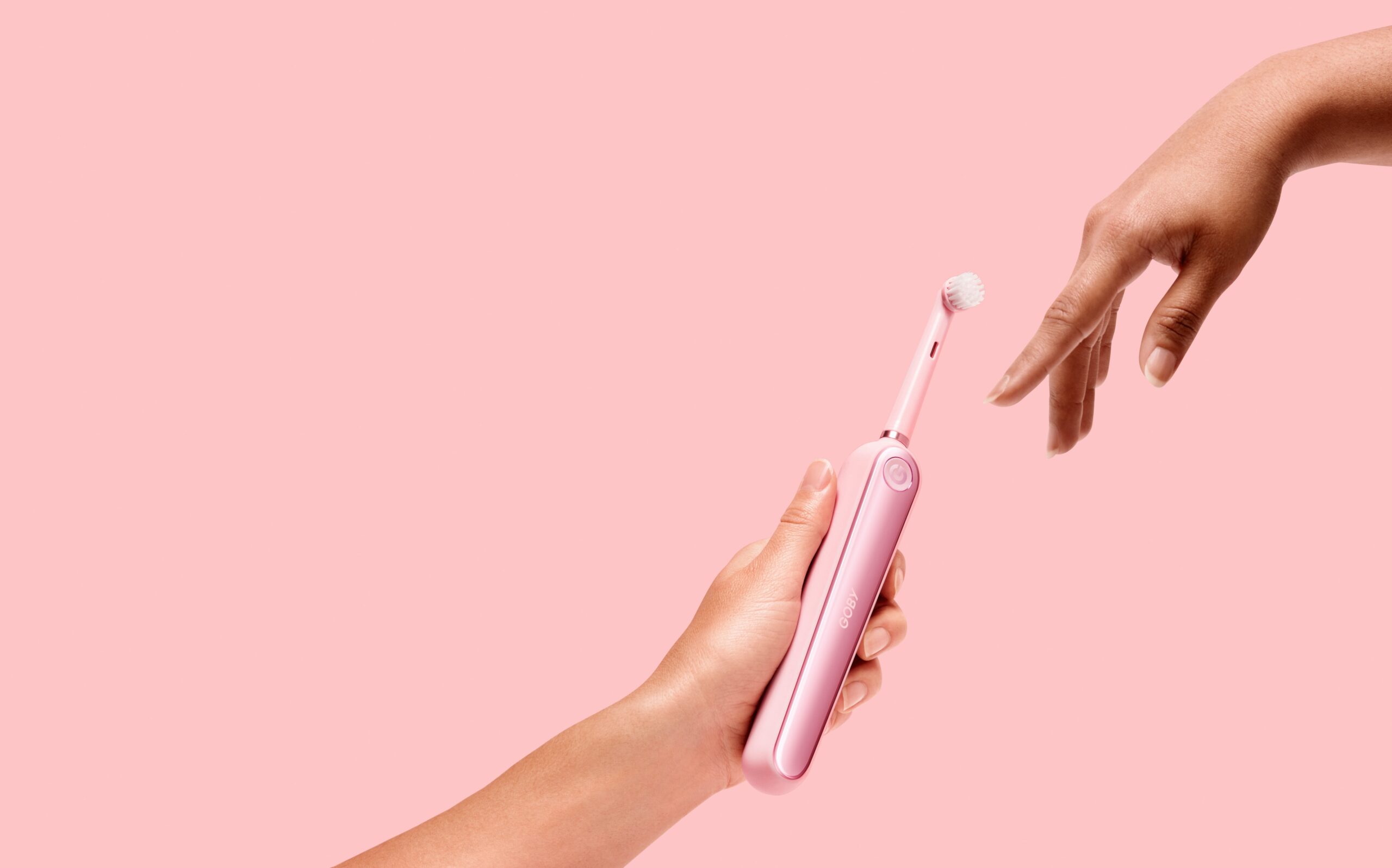
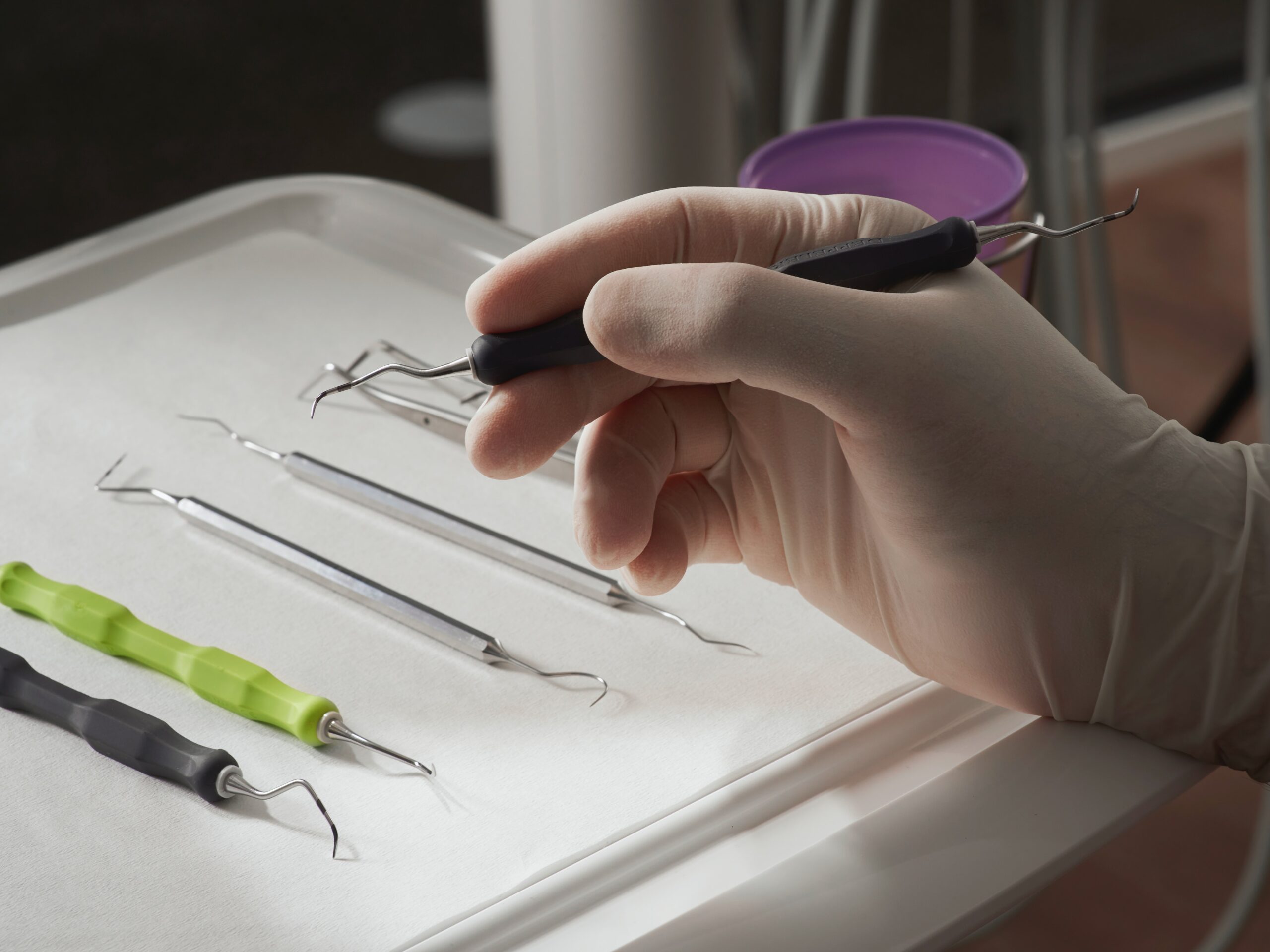
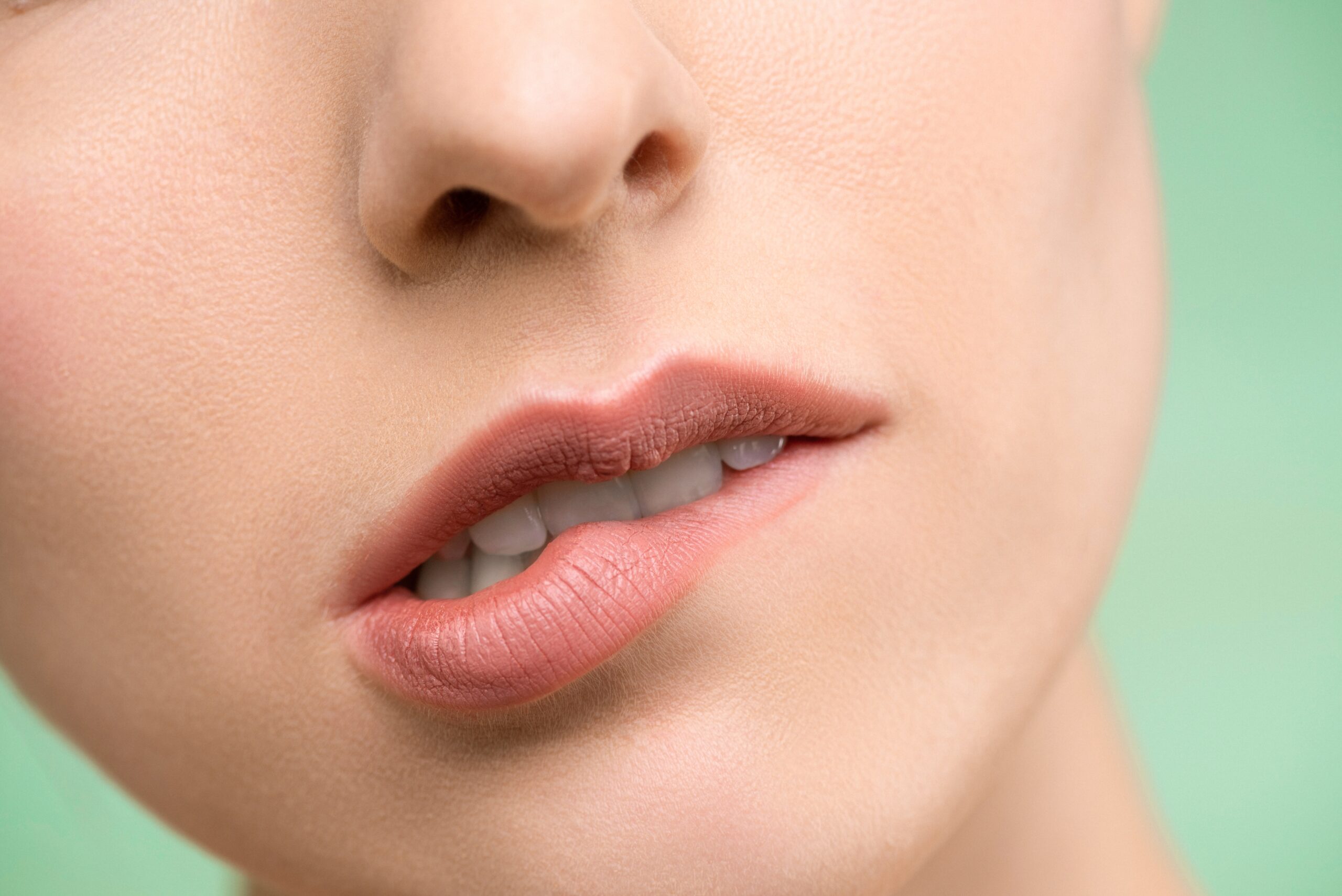

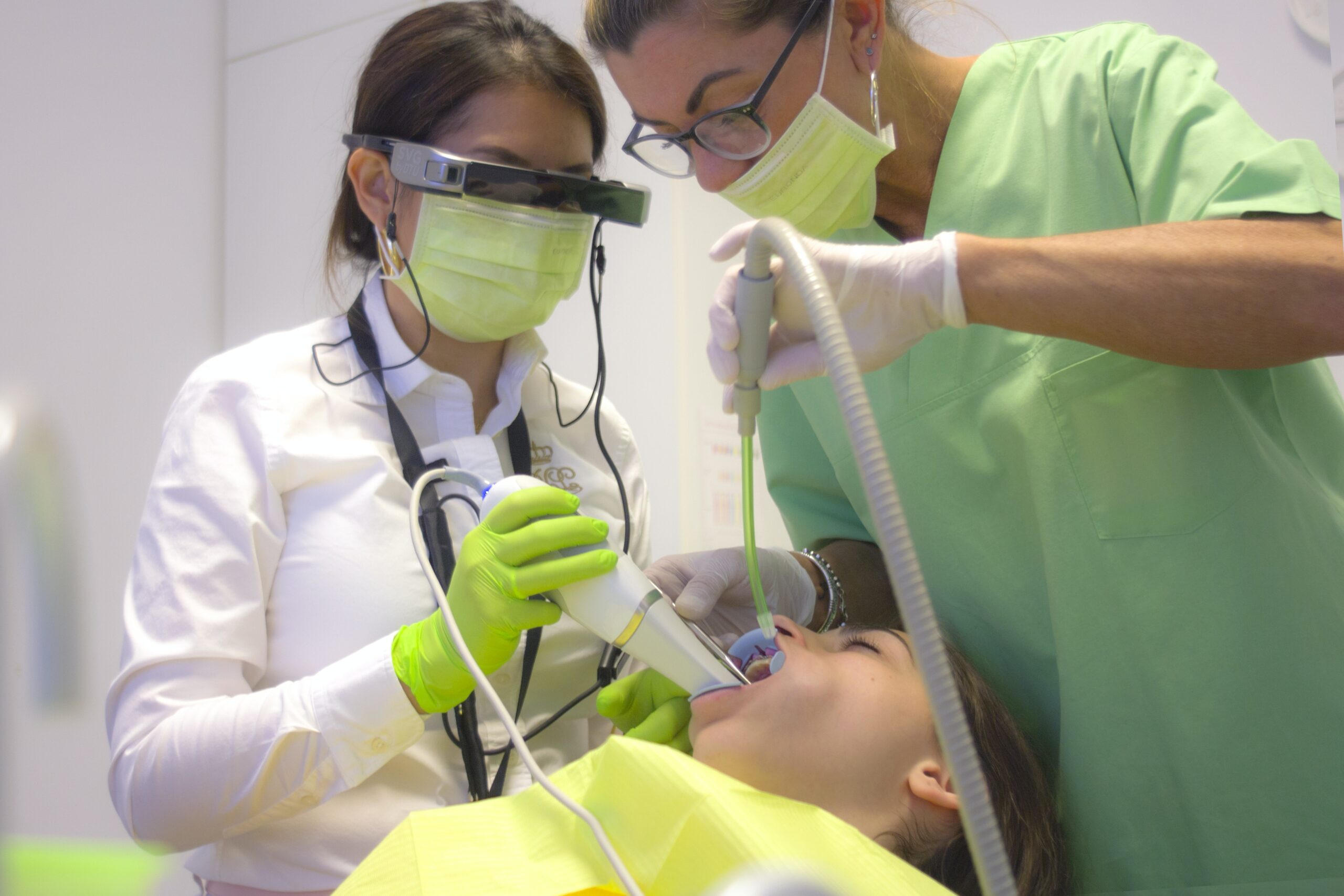
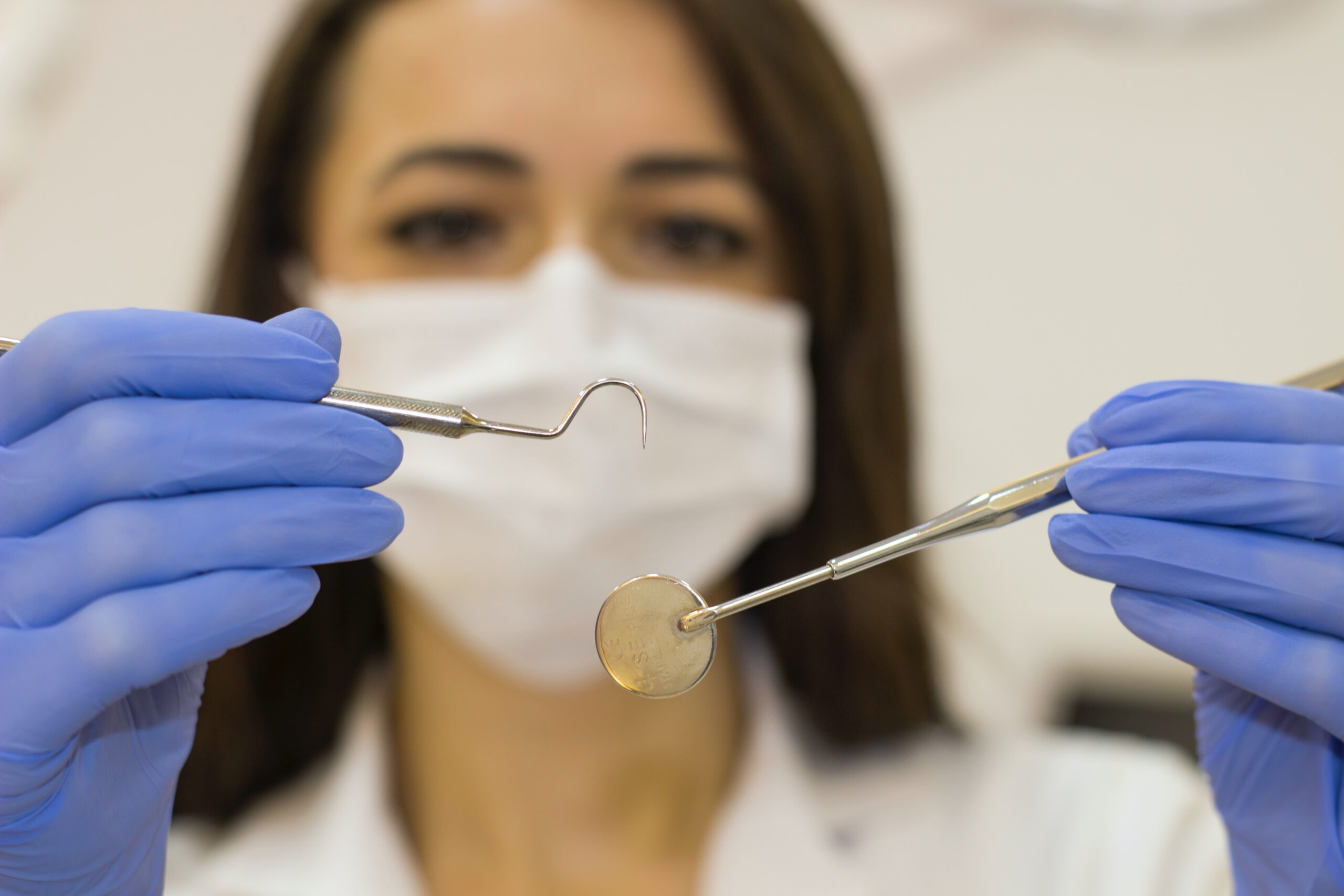




Leave a Reply